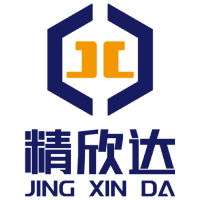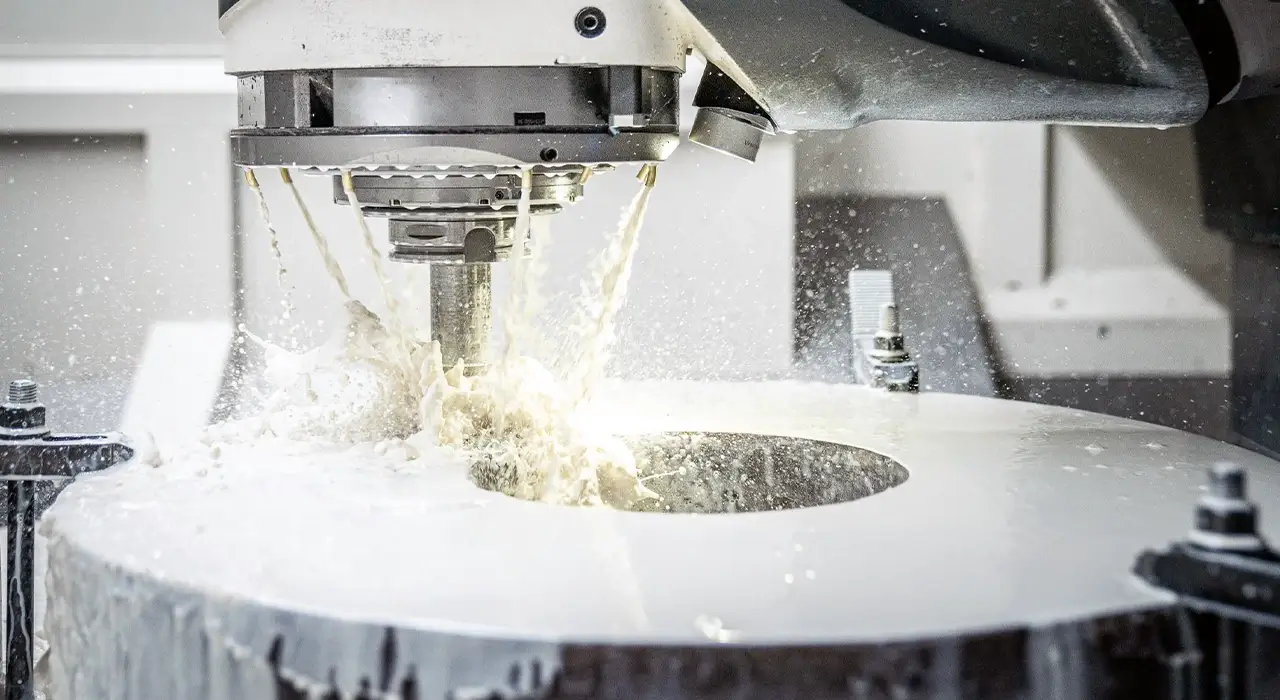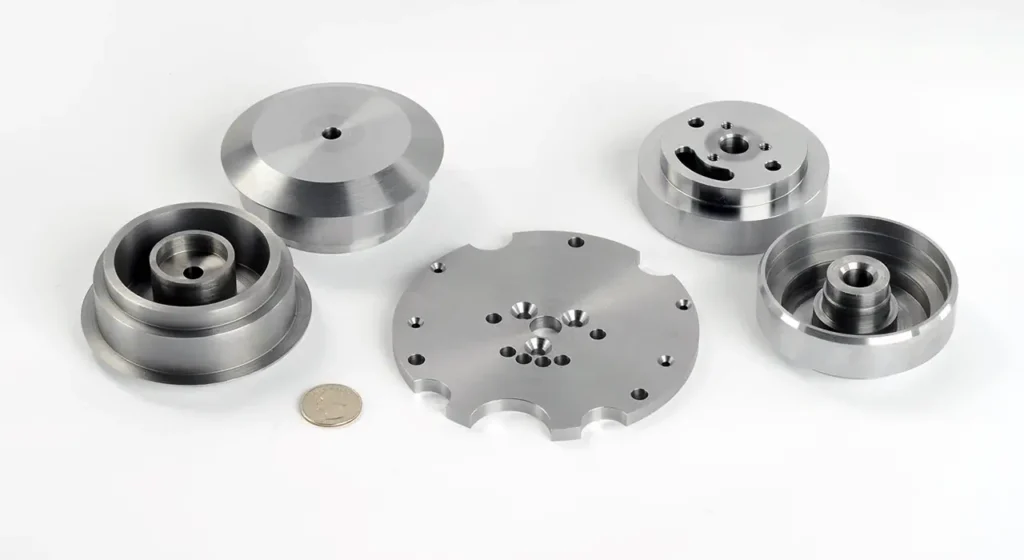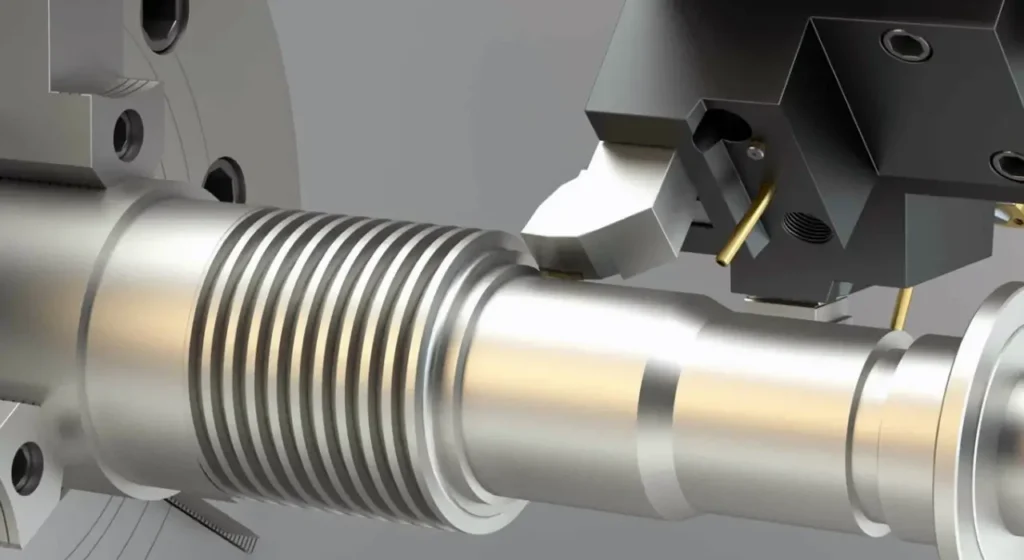In the world of advanced manufacturing, titanium has emerged as a material of choice for a wide range of industries. Its exceptional strength – to – weight ratio, corrosion resistance, and biocompatibility make it suitable for applications in aerospace, medical, automotive, and more. However, machining titanium presents unique challenges due to its high strength, low thermal conductivity, and chemical reactivity. This is where Computer Numerical Control (CNC) machining comes in, offering the precision, control, and efficiency needed to transform titanium into high – quality components.
Properties of Titanium
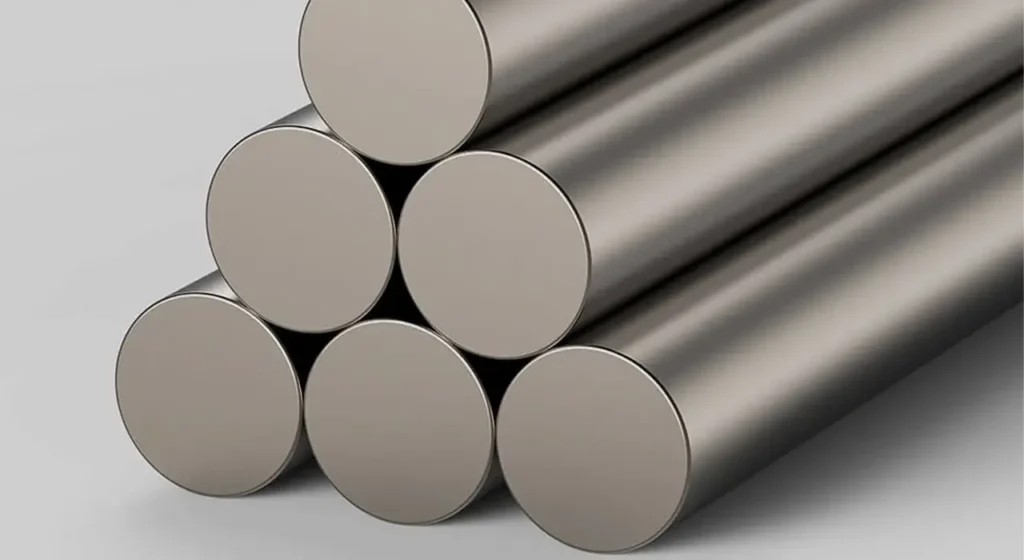
Strength – to – Weight Ratio
Titanium is renowned for its outstanding strength – to – weight ratio. It is significantly stronger than many common metals like aluminum while still being relatively lightweight. This property makes it ideal for applications where weight reduction is crucial without sacrificing structural integrity. In the aerospace industry, for example, titanium components are used in aircraft frames, engines, and landing gear. The reduced weight of these components contributes to better fuel efficiency and increased payload capacity.
Corrosion Resistance
Titanium forms a thin, passive oxide layer on its surface when exposed to air. This layer acts as a barrier, protecting the metal from further corrosion. Whether it’s in a marine environment, where it is constantly exposed to saltwater, or in chemical processing plants, titanium can withstand harsh corrosive conditions. This makes it suitable for applications such as shipbuilding, offshore oil and gas equipment, and chemical storage tanks.
Biocompatibility
One of the most remarkable properties of titanium is its biocompatibility. It does not trigger an adverse immune response in the human body, making it an excellent material for medical implants. Dental implants, orthopedic devices like hip and knee replacements, and cardiovascular stents are commonly made from titanium. Its ability to integrate with living tissue over time ensures long – term functionality and patient comfort.
High Melting Point
Titanium has a high melting point of around 1668°C. This property allows it to maintain its mechanical properties at elevated temperatures. In the aerospace and automotive industries, components made from titanium can operate in high – temperature environments, such as jet engine parts and exhaust systems, without significant degradation.
Types of Titanium Alloys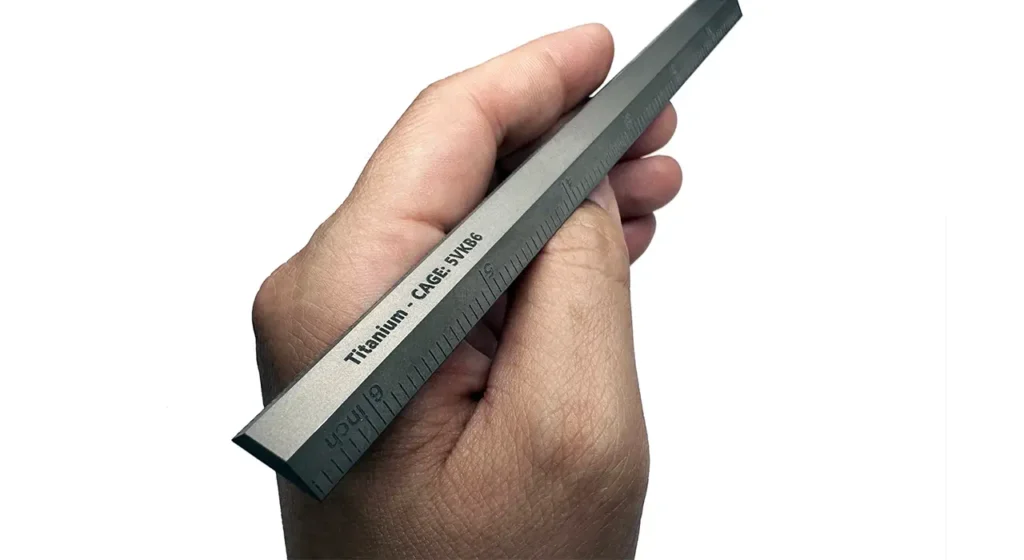
Alpha Alloys
Alpha alloys contain a high percentage of alpha – phase titanium. They are known for their excellent weldability, good corrosion resistance, and relatively high strength at elevated temperatures. These alloys are often used in applications where formability and weldability are important, such as in some aerospace structural components and chemical processing equipment.
Beta Alloys
Beta alloys have a high proportion of beta – phase titanium. They offer high strength, good ductility, and are heat – treatable to achieve even higher strength levels. Beta alloys are commonly used in applications where high strength and toughness are required, such as in aerospace fasteners, landing gear components, and some high – performance automotive parts.
Alpha – Beta Alloys
Alpha – beta alloys combine the properties of both alpha and beta alloys. They offer a good balance of strength, ductility, and formability. These alloys are the most widely used in the aerospace industry, being used for components like compressor blades, turbine disks, and structural members.
Why CNC Machining is Ideal for Titanium
Precision
Titanium components often require high precision due to their use in critical applications. CNC machining can achieve tight tolerances, typically within a few thousandths of an inch. This precision is essential for ensuring proper fit and function of components, especially in industries like aerospace and medical, where even the slightest deviation can have significant consequences.
Complex Geometries
The ability to create complex geometries is another advantage of CNC machining for titanium. Whether it’s intricate turbine blades with aerodynamic profiles or custom – designed medical implants, CNC machines can accurately reproduce the required shapes. This flexibility in design allows engineers to optimize components for performance.
Consistency
CNC machining ensures consistent quality across multiple parts. Once the machining program is set up, the CNC machine will repeat the operations with the same level of accuracy for each part. This is crucial for mass – production scenarios, where uniformity of components is essential.
Common Challenges in Titanium CNC Machining and Their Solutions
1、Tool Breakage
Causes
Tool breakage during titanium CNC machining can stem from multiple factors. High cutting forces are a primary culprit. Titanium’s inherent strength demands significant force to remove material, and when these forces surpass the tool’s capacity, breakage becomes likely.
Improper tool selection also plays a crucial role. Tools not specifically engineered for titanium machining lack the necessary characteristics to handle the material’s unique properties. Moreover, a worn – out tool is more vulnerable. As the tool endures the rigors of machining, its cutting edges gradually deteriorate, making it increasingly prone to breaking.
Excessive heat is another common cause. The low thermal conductivity of titanium means that heat generated during machining accumulates at the cutting edge. This thermal stress weakens the tool, increasing the risk of breakage.
Solutions
Preventing tool breakage requires a multi – pronged approach. First and foremost, meticulous tool selection is essential. Opt for high – quality cutting tools that are designed specifically for titanium machining. These tools often feature advanced coatings, such as titanium nitride (TiN) or titanium aluminum nitride (TiAlN), which reduce friction and enhance heat resistance. Additionally, their geometries are optimized to distribute cutting forces more effectively.
Optimizing cutting parameters is equally important. By adjusting the cutting speed, feed rate, and depth of cut, you can significantly reduce cutting forces and heat generation. For instance, a lower cutting speed combined with a higher feed rate can often yield better results in titanium machining, as it helps dissipate heat more efficiently.
Regular tool wear monitoring is a must. Implement a system to closely track the condition of the cutting tool. Replace the tool before excessive wear sets in, as a worn – out tool not only increases the risk of breakage but also compromises the quality of the machined part.
Finally, ensure that the CNC machine is in optimal condition. Regular calibration of the machine guarantees accurate positioning of the cutting tool. Moreover, securely mounting the cutting tool reduces the likelihood of it coming loose during operation, which could lead to breakage.
2、Dimensional Inaccuracies
Causes
Dimensional inaccuracies in titanium CNC machining can be attributed to several factors. Thermal expansion is a major contributor. As heat is generated during the machining process, the titanium workpiece expands. Given the high precision required in many applications, even a slight expansion can result in significant dimensional deviations.
Tool wear also affects the accuracy of the final dimensions. As the cutting tool wears down, it removes material at an inconsistent rate. This means that the amount of material removed from the workpiece may deviate from the intended amount, leading to inaccurate dimensions.
Incorrect programming of the CNC machine is another potential cause. If the machining program contains errors, the CNC machine will execute movements that are not in line with the desired dimensions of the part. This could be due to mistakes in coordinate calculations, incorrect feed rate or speed settings, or faulty interpolation commands.
Solutions
Addressing dimensional inaccuracies involves a combination of strategies. Controlling heat is paramount. Utilize appropriate coolants and lubricants to dissipate heat effectively. Additionally, fine – tune the cutting parameters to minimize heat generation in the first place. This could include reducing the cutting speed or increasing the coolant flow rate.
Closely monitor tool wear. Implement a proactive tool management system that alerts you when a tool is approaching the end of its useful life. Adjust the machining program as necessary to compensate for tool wear. Some modern CNC machines can even automatically adjust the tool path based on real – time tool wear data.
Regularly calibrate the CNC machine to ensure its accuracy. Calibration checks should be performed at regular intervals to verify that the machine’s axes are moving precisely as programmed. This helps maintain the accuracy of the machining process over time.
In – process inspections are also crucial. Use measuring tools such as calipers, micrometers, or coordinate measuring machines (CMMs) to check the dimensions of the workpiece during machining. Early detection of dimensional issues allows for timely adjustments to the machining process, preventing the production of defective parts.
3、Surface Finish Issues
Causes
Poor surface finish in titanium machining can be traced to several factors. Built – up edge formation is a common one. As the cutting tool removes material from the titanium workpiece, small particles of titanium can adhere to the tool’s cutting edge. This buildup, known as a built – up edge, then intermittently breaks off during machining, leaving rough spots on the workpiece surface.
Chip adhesion is another contributing factor. The long, stringy chips characteristic of titanium machining can sometimes stick to the workpiece surface, leaving marks and blemishes. This not only affects the surface finish but can also potentially damage the cutting tool.
Vibration during machining is yet another cause of surface finish problems. If the CNC machine is not properly balanced or the workpiece is not securely clamped, vibrations can occur. These vibrations result in uneven cutting, producing wavy or uneven surfaces on the machined part.
Solutions
Improving the surface finish requires targeted solutions for each cause. Start by using cutting tools with appropriate coatings and geometries. Specialized coatings can reduce the tendency of titanium particles to adhere to the tool, preventing built – up edge formation. The tool’s geometry can also be optimized to promote better chip formation and evacuation.
Optimize the cutting parameters to ensure proper chip evacuation. A well – controlled chip flow reduces the likelihood of chip adhesion to the workpiece surface. Adjusting the feed rate and cutting speed can help achieve the desired chip formation and ensure that chips are efficiently removed from the cutting area.
Minimize vibration by ensuring that the CNC machine is properly balanced. Regularly check and maintain the machine’s components to prevent any sources of vibration. Securely clamping the workpiece is also essential. A stable workpiece reduces the risk of vibration during machining, resulting in a smoother surface finish.
Consider incorporating finishing operations such as grinding or polishing. These post – machining processes can significantly improve the surface finish of the titanium component. Grinding can remove any surface irregularities, while polishing can achieve a high – gloss finish, depending on the requirements of the application.
Titanium Machining Services
At JXD Machining, we provide precision CNC machining services for custom titanium components tailored to each client’s specifications. From initial design to final production, we collaborate closely with customers to understand performance requirements, material preferences, and dimensional tolerances. Titanium’s strength, light weight, and biocompatibility make it ideal for high-performance applications. For instance, in the medical sector, we manufacture custom-designed titanium implants based on patient-specific imaging data, ensuring a perfect anatomical fit. Whether starting from a client-supplied CAD file or developing one in-house, we ensure each component is machined with exceptional accuracy and surface finish.
Rapid Prototyping
Prototyping is a critical step in product development—especially for parts involving high-performance metals like titanium. At JXD Machining, we offer fast and reliable prototyping services, allowing designers to test concepts quickly and iterate efficiently. Our CNC capabilities enable us to produce titanium prototypes in small batches for functional testing, fit validation, and structural analysis. For example, aerospace clients often request titanium prototypes for engine or structural components to validate real-world performance under simulated operational stress before full-scale production.
High-Volume Production
When large quantities of titanium components are needed, JXD Machining delivers scalable CNC machining solutions with guaranteed consistency. Our production systems are optimized for high throughput without sacrificing quality. With multi-axis CNC equipment, real-time monitoring, and automated workflows, we manufacture titanium parts with tight tolerances and repeatable accuracy. From titanium fasteners to engine housings, we support high-volume demands across industries such as automotive, medical, and defense—ensuring fast lead times and cost control.
Choosing the Right Titanium Machining Service Provider
Proven Expertise in Titanium
Titanium is notoriously difficult to machine, requiring both technical experience and material knowledge. JXD Machining brings years of specialized experience in titanium CNC processing across diverse industries including aerospace, medical, and automotive. Our team is well-versed in industry-specific standards and understands how to overcome common challenges like tool wear, heat management, and surface integrity—ensuring every part meets performance expectations.
Advanced Equipment & Technology
We continuously invest in the latest CNC technology to deliver unmatched precision and efficiency. Our facility is equipped with high-speed multi-axis CNC machines, advanced tooling systems, and modern coolant management to handle titanium’s unique properties. By combining cutting-edge equipment with optimized processes, JXD Machining consistently produces high-precision components that meet or exceed customer expectations.
Rigorous Quality Assurance
Quality is at the core of everything we do. At JXD Machining, we maintain strict inspection protocols at every stage—from incoming material checks to final part verification. Our quality assurance system includes coordinate measuring machines (CMM), surface roughness testers, and other precision inspection tools. We also provide comprehensive documentation, including material traceability, inspection reports, and certifications. For regulated industries, we comply with standards such as ISO 9001, ISO 13485 (medical), and AS9100 (aerospace), ensuring full compliance with your quality requirements.
Cost-Effective Solutions
We understand the importance of balancing quality and cost. Through efficient machining strategies, smart material sourcing, and streamlined production workflows, JXD Machining offers competitive pricing without compromising on performance or reliability. We provide transparent quotations with detailed breakdowns of machining, materials, and any post-processing services, helping clients manage costs while receiving high-value parts.
Conclusion
Titanium CNC machining is a complex yet highly rewarding process that enables the production of precision components across a wide range of industries. Successfully working with titanium requires deep knowledge of its material properties, mastery of CNC techniques such as milling and turning, and the ability to overcome machining challenges with the right solutions.
At JXD Machining, we specialize in delivering high-quality titanium parts through every stage—from custom component manufacturing and rapid prototyping to full-scale production runs. Our team combines advanced CNC equipment, industry expertise, and rigorous quality assurance to ensure every part meets your exact specifications.
Whether you’re in aerospace, medical, automotive, or another demanding sector, choosing the right machining partner is crucial. By working with a provider that values experience, technology, and cost-effective production, you can achieve both performance and efficiency.
As manufacturing technology continues to evolve, the potential of titanium CNC machining will only expand—unlocking new possibilities for product innovation and industrial growth. JXD Machining is here to help you seize those opportunities.
Ready to get started? Contact us today to discuss your titanium machining project.
